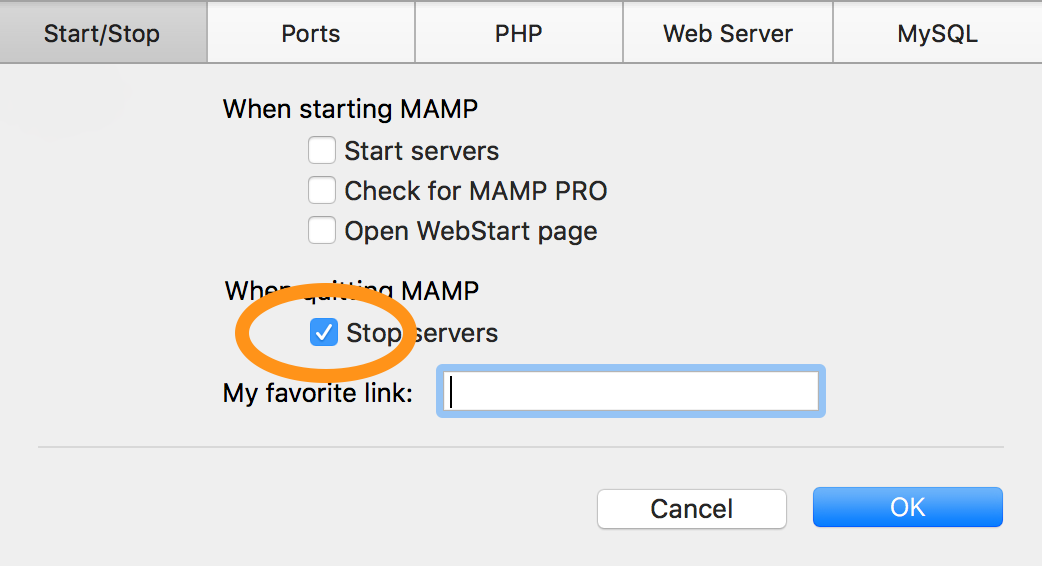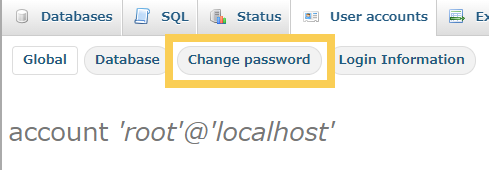
#Dbngin mysql password install
You probably need to update this file every time you install an update of MySQL as each minor version has its own directory.

It looks like both references to /usr/local/var/mysql to a unique directory, For example, /usr/local/var/mysql57. (I’m using 5.7 as an example) brew services listīrew services stop find the MySQL install directory in /usr/local/Cellar and go into the subdirectory of its latest minor update. Move the default data directoryįirst, make sure that the MySQL version you want to move is not running.

Install one MySQL version: brew install to move the default data directory. If it does exist, you should read the cleanup chapter. It will be created when you install MySQL. Make sure that the directory /usr/local/var/mysql does not exist. If you don’t have MySQL installed or you wish to install an additional version, the procedure is simple. Proceed to move the default data directory. Now you should only have one MySQL version installed. You can find these in /usr/local/Cellar/. brew services stop unlink uninstall -f adding -f to also remove all minor versions that might be installed. Commands end with or \g.įind out which version you have and uninstall all other versions. So even if mysql -V tells you the correct version, when you login to the database it will still show the original version. If you were tinkering around and have multiple MySQL versions installed, the data directory will still be from the original installation after you start up a different version. If you only have one MySQL version installed, you can proceed to move the default data directory. With Homebrewįind out which versions you have installed with Homebrew: brew list
#Dbngin mysql password how to
Do a quick search to find out how to do this with your setup. If you already have MySQL installed without Homebrew, you should backup your databases and stop any running services.
#Dbngin mysql password pro
Sequel Pro can not log in to MySQL 8.0 on localhost.If anyone knows of a better way to accomplish this, I do hope they will share their insight :) The basic idea here is that you need to install all MySQL versions one at a time and assign each its own data directory. I hope this guide can help you and the future me. So I picked up a few things here and there and finally managed to connect all the pieces of the puzzle. Multiple MySQL versions on MacOS with HomebrewĪt the time of writing (december 2018), there aren’t any up-to-date and easy to apply guides on how to switch between different MySQL version on a Mac using Homebrew. Your database data is stored on your machine, so you won't lose everything everytime you stop the server. It just runs the server on localhost, but inside a container. It's meant to be paired with a tool like Laravel Valet, but I don't think it is an absolute requirement.

So you will need to have docker installed. It also supports many different databases running at the same time, but uses docker behind the scenes. DBngin appĪs and commented below, there is this extremely easy to use app called DBngin, which lets you setup multiple databases (not only MySQL) simultaneously using different ports:Īnother neat solution that launched last month (august 2020) is Takeout.

Making multiple MySQL versions work with Homebrew was tricky to say the least.įortunately there are 2 new easy ways that I learned of to achieve this.


 0 kommentar(er)
0 kommentar(er)
